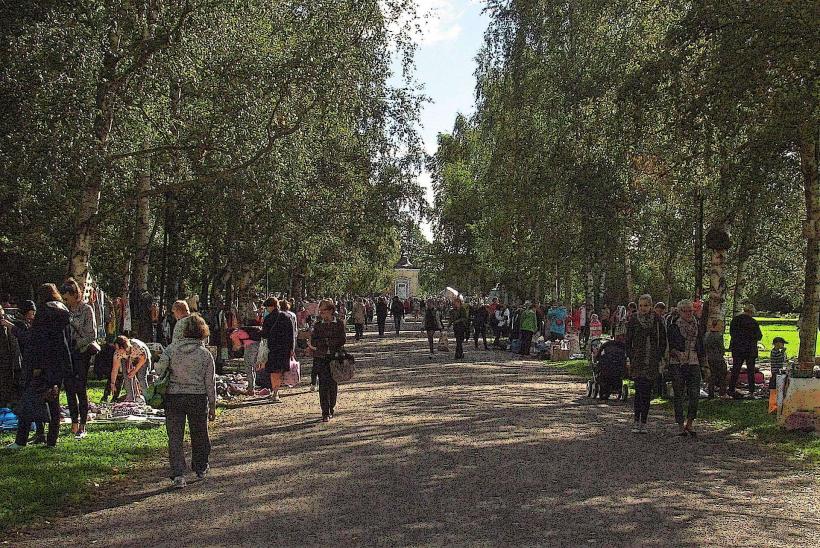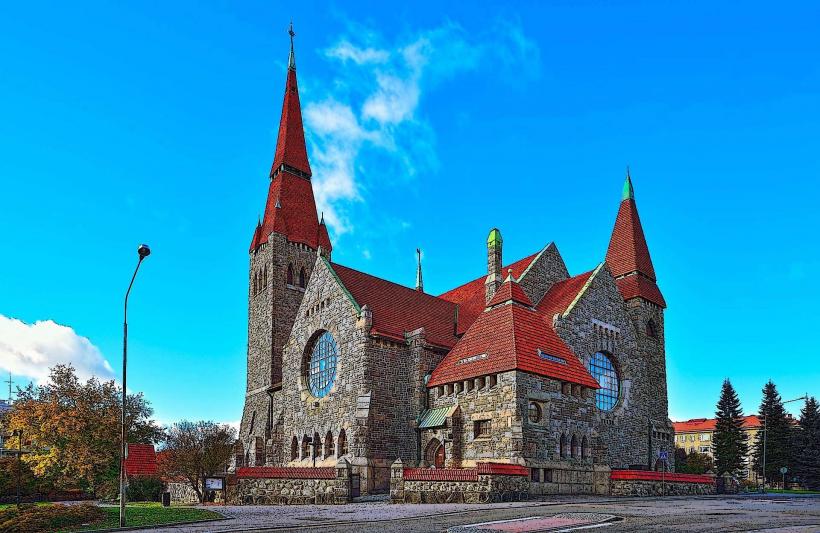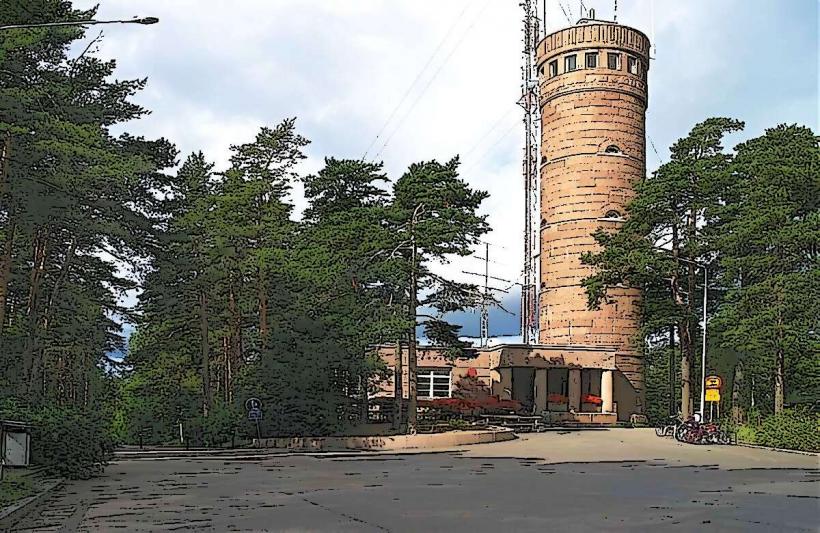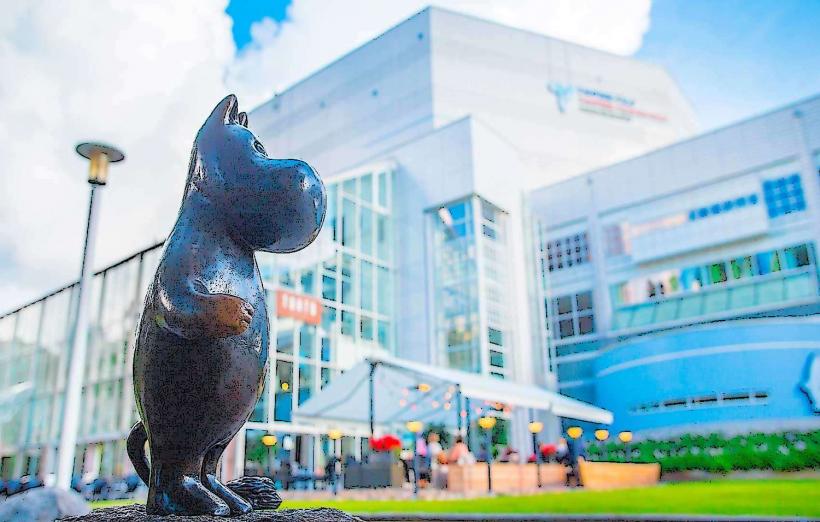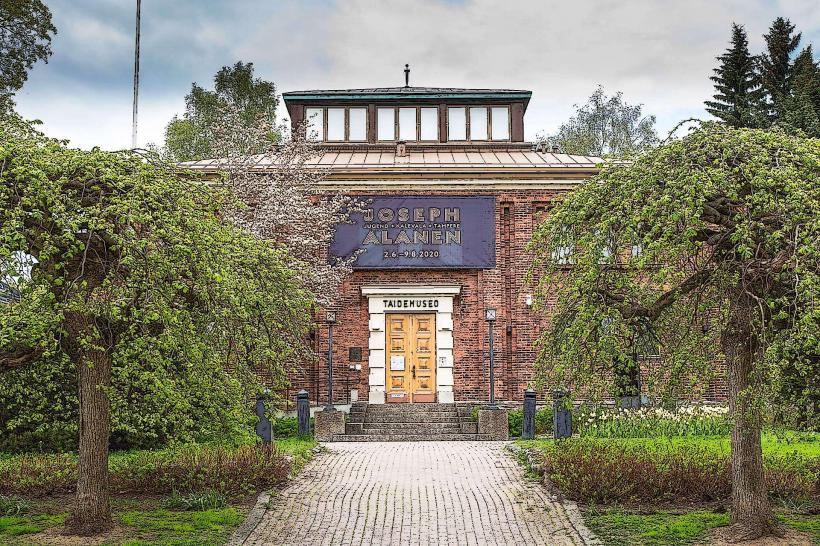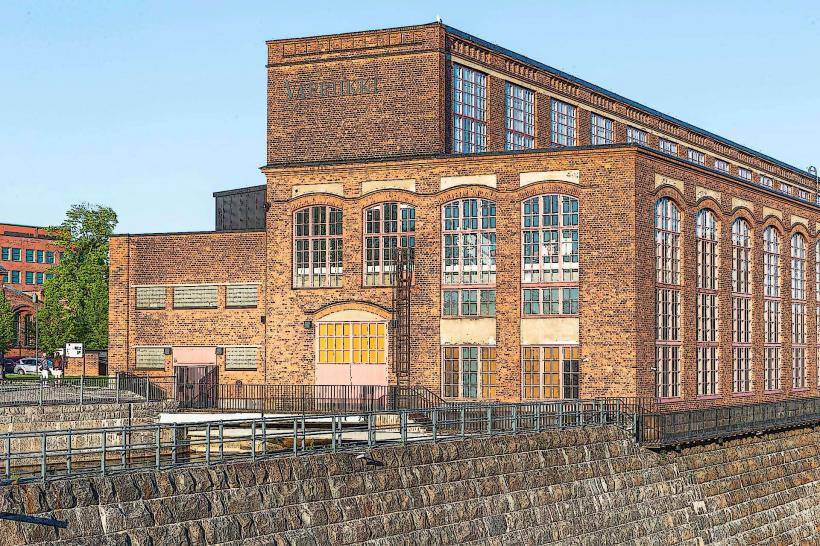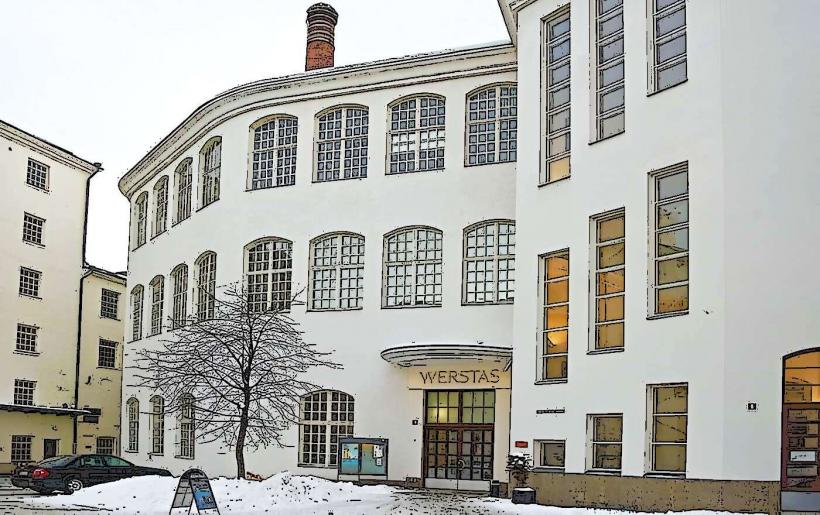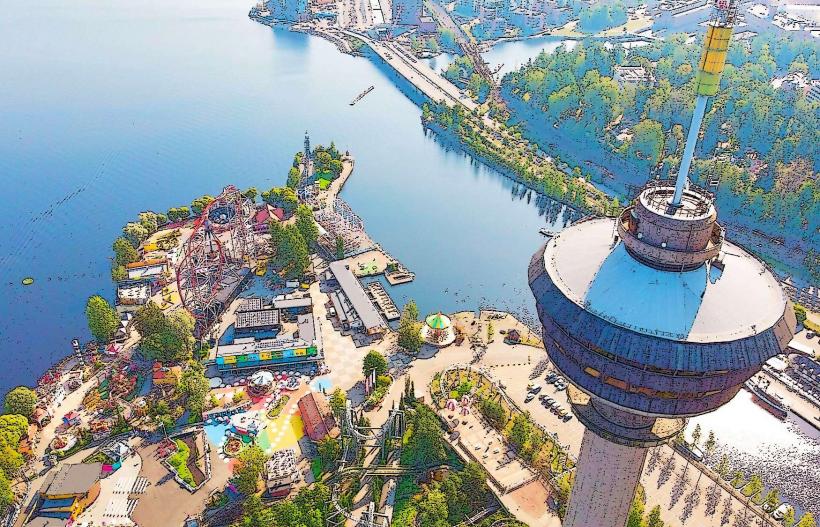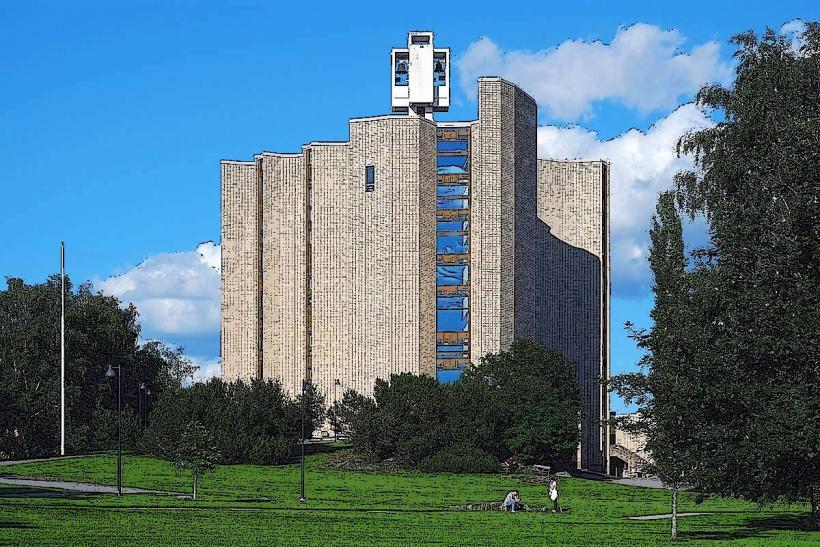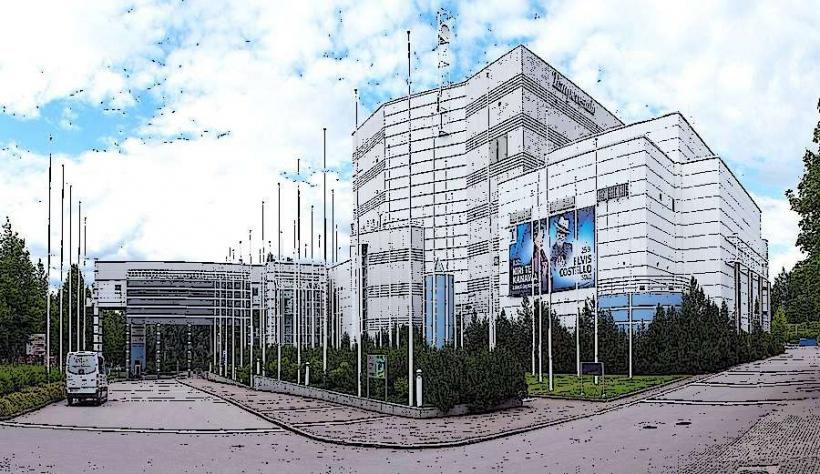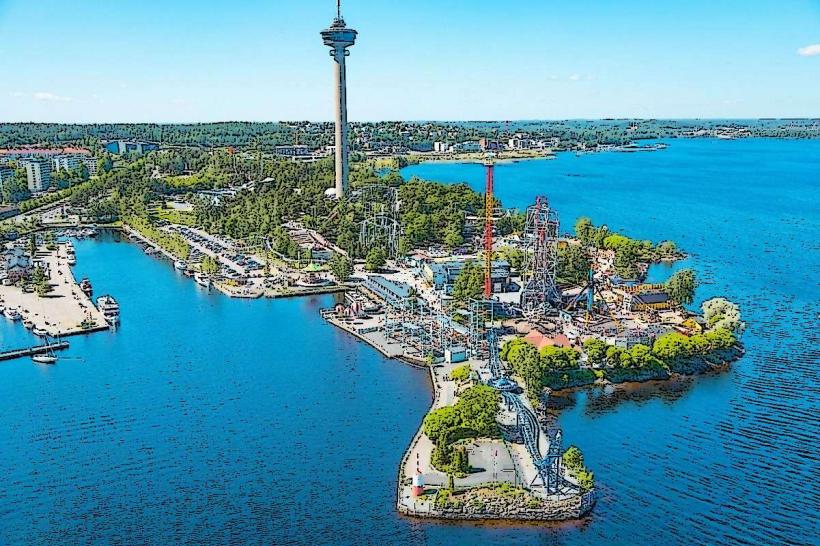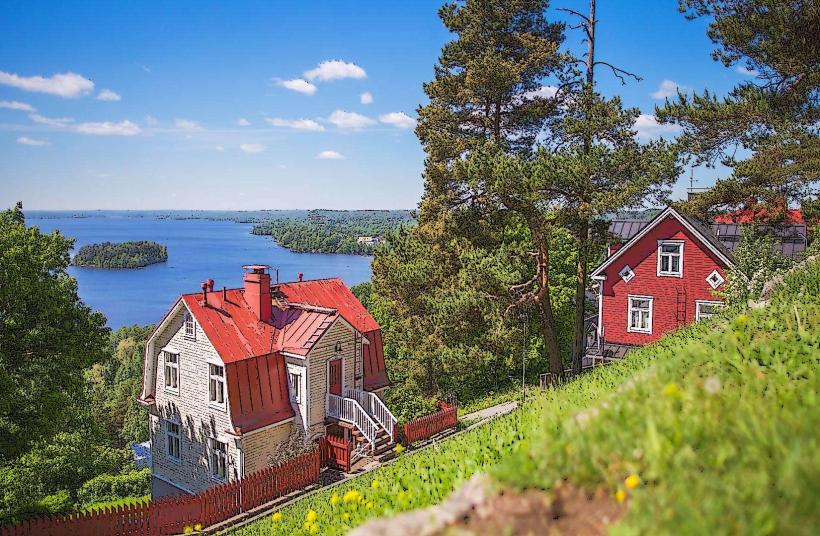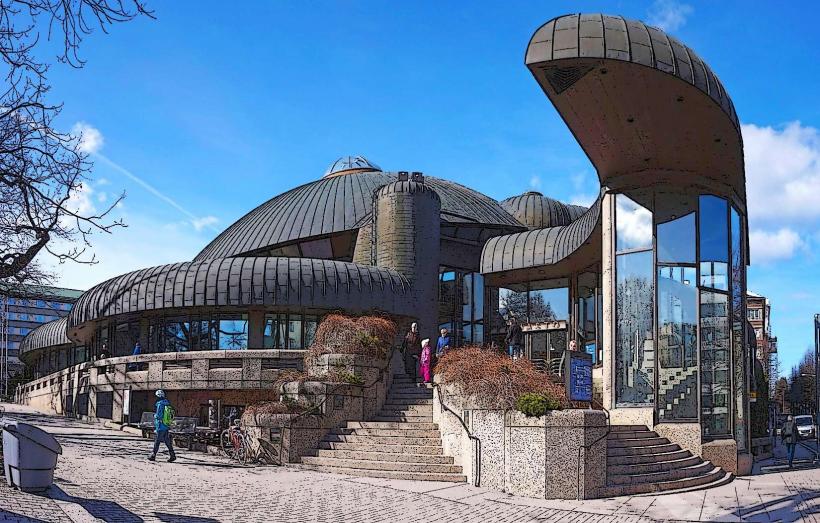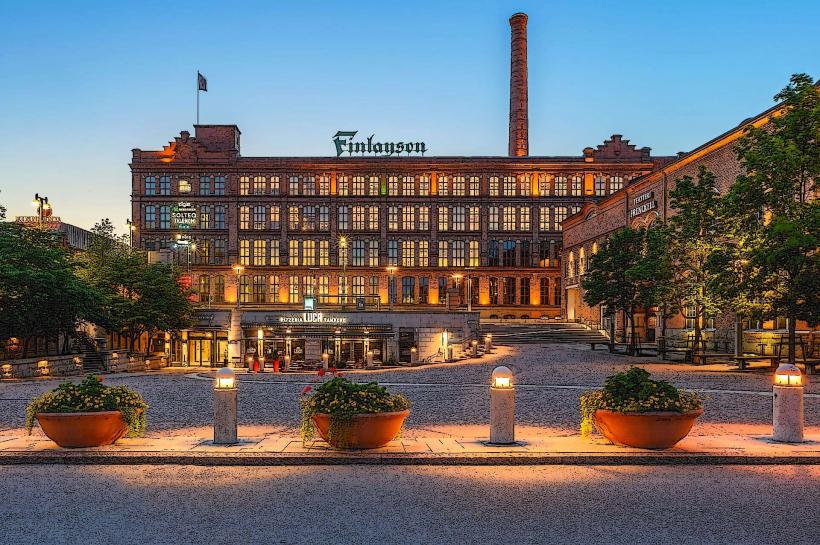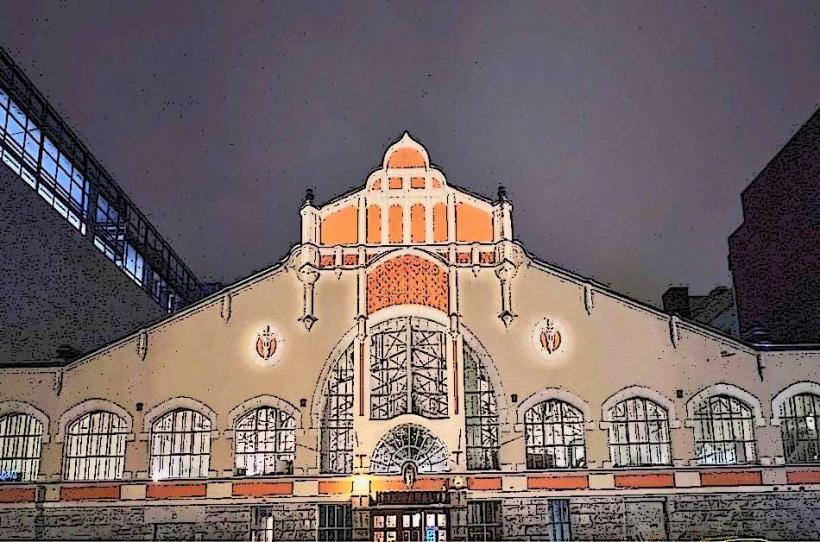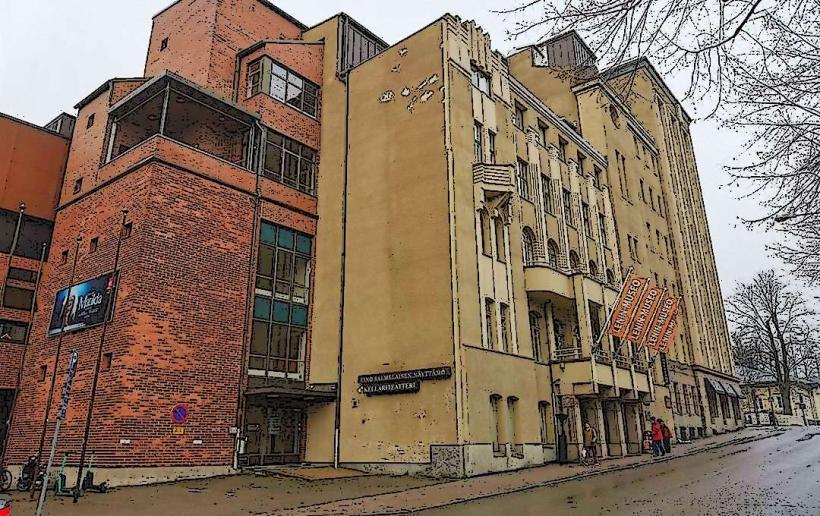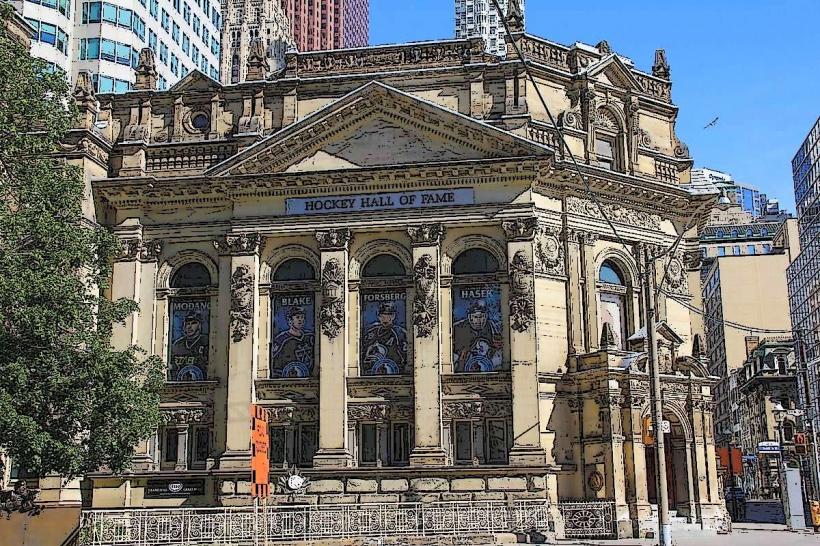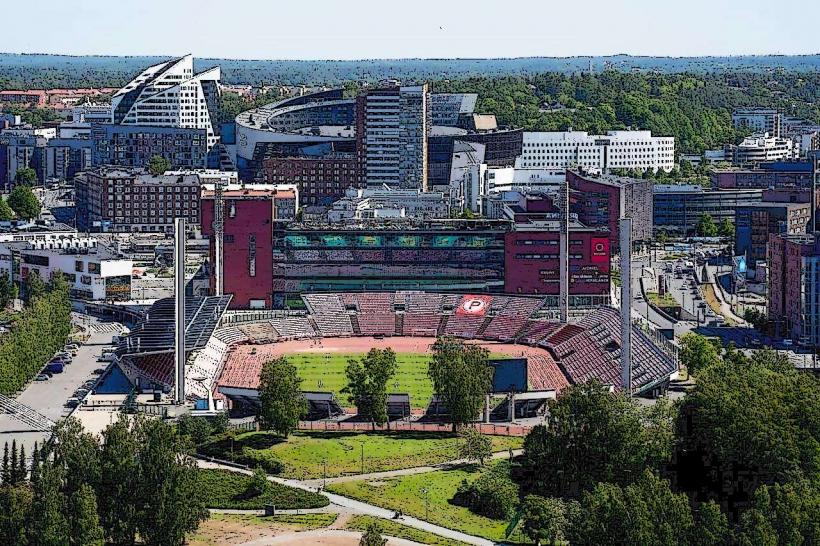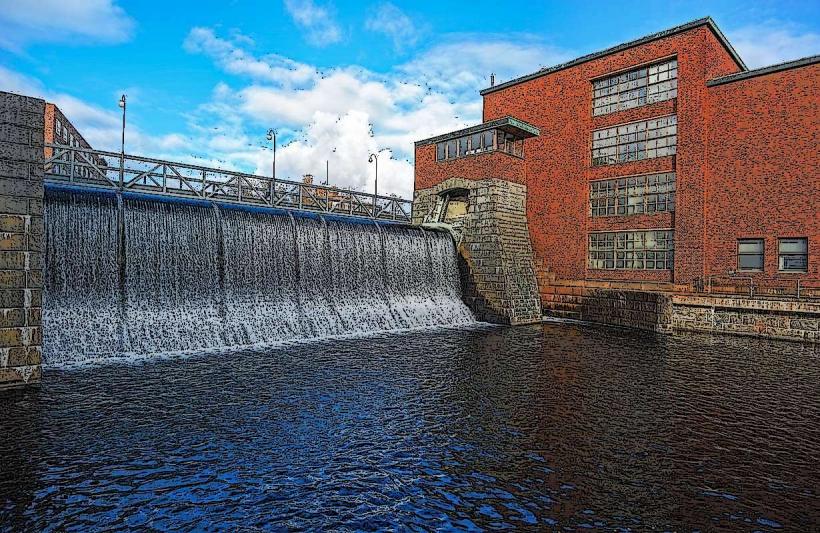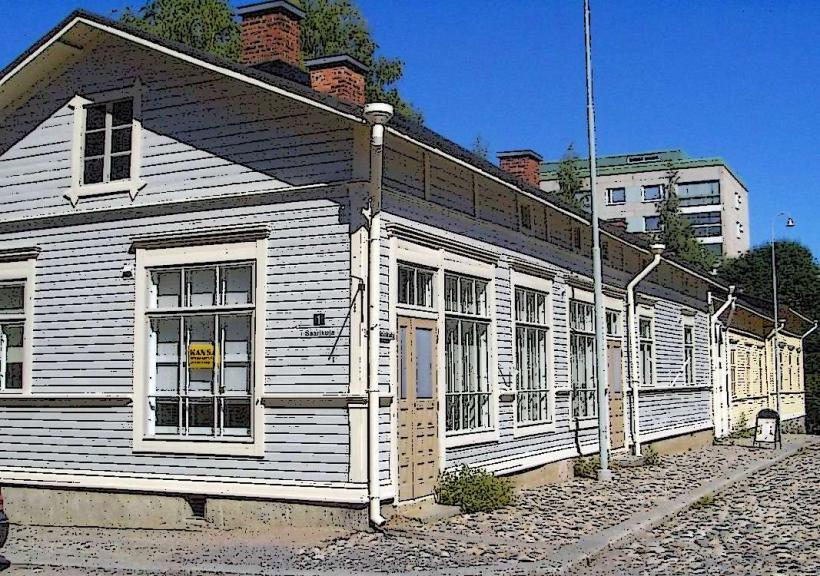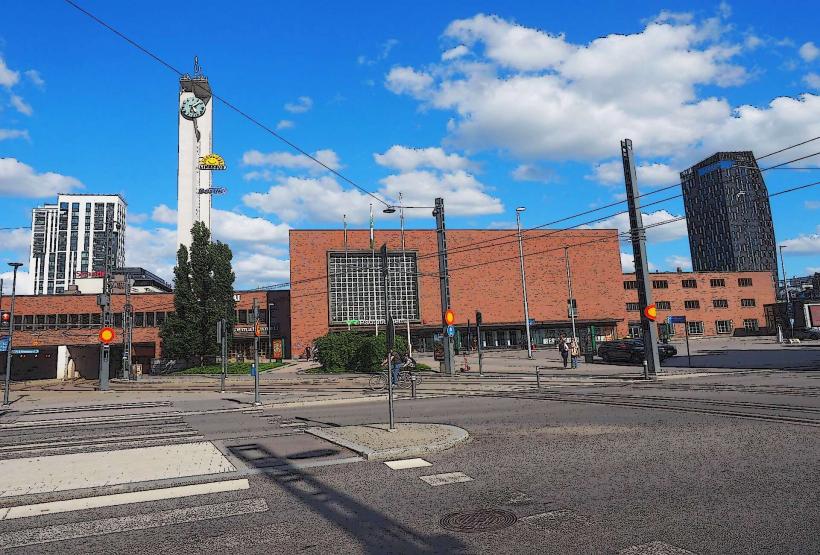Information
Landmark: Industrial heritage of TampereCity: Tampere
Country: Finland
Continent: Europe
The industrial heritage of Tampere is a cornerstone of the city’s history and development. Tampere, known as the Manchester of Finland, played a pivotal role in the country's industrial revolution during the 19th and early 20th centuries. The city’s industrial legacy is reflected in its architecture, landmarks, and the stories of its workers and entrepreneurs. Here's a detailed overview of Tampere’s industrial heritage:
1. Early Industrialization and the Rise of Tampere
- Strategic Location: Tampere’s location between Lake Näsijärvi and Lake Pyhäjärvi provided a natural resource in the form of the Tammerkoski Rapids, which were harnessed to power early industries. The rapids became the driving force behind the city’s industrialization, with factories being established along the river to take advantage of the water power.
- Textile Industry: In the early 19th century, the textile industry began to dominate the economy of Tampere. The city became known for its cotton mills and textile factories, and by the mid-1800s, it had established itself as the industrial hub of Finland. Tampere’s industrial growth was based on large-scale production of fabrics, using the water power of the Tammerkoski Rapids.
- The Role of James Finlayson: The industrial development of Tampere is closely tied to the Finlayson family, particularly James Finlayson, a Scottish entrepreneur who established the Finlayson Factory in 1820. The Finlayson Factory became one of the largest and most important textile mills in Finland and is a key symbol of the city's industrial heritage. The factory helped to drive the economic growth of Tampere and turned the city into a key center of textile manufacturing.
2. Key Industrial Sites and Buildings
- Finlayson Factory Complex: The Finlayson Factory Complex is one of the most iconic sites in Tampere’s industrial history. The factory was the birthplace of Tampere’s industrialization and played a major role in shaping the city’s economy. Today, the Finlayson area is a revitalized district, with its historic buildings repurposed for modern use, including shops, restaurants, and cultural venues. The Moomin Museum, dedicated to Tove Jansson’s beloved Moomin characters, is located in the former Finlayson Factory.
- Tampella Works: Another important industrial site was the Tampella Factory, established in the 19th century. The factory, which produced textiles, machinery, and later, weapons, played a significant role in Tampere’s development. Much like Finlayson, the Tampella works utilized the energy from the Tammerkoski Rapids. Today, parts of the old Tampella factory buildings still stand, contributing to the industrial heritage of the city.
- The Tammerkoski Rapids: The Tammerkoski Rapids have been the driving force behind the industrialization of Tampere. The rapids powered the machinery in the early factories and played a central role in the city's growth. Today, the Tammerkoski River and its surrounding area remain an important landmark in the city, with remnants of old factories, canals, and bridges still visible.
3. Industrial Architecture and Urban Planning
- Red Brick Architecture: The factories and industrial buildings in Tampere are renowned for their distinctive red-brick architecture. These buildings were designed to be functional, yet they also showcase the skill and craftsmanship of the architects and builders. The industrial buildings, with their large windows, high ceilings, and expansive floor plans, are a key feature of Tampere’s architectural landscape.
- Worker Housing: The industrial heritage of Tampere is also reflected in the workers' housing that was built to accommodate the growing workforce. The Amuri Museum of Workers’ Housing is dedicated to preserving the history of the working-class neighborhoods in the city. These homes, built in the late 19th and early 20th centuries, provide insight into the living conditions of the factory workers who helped power the city's economy.
4. The Role of Workers and Social Movements
- Factory Workers: The rise of industry in Tampere brought significant social change, particularly for the working class. The factory workers in Tampere faced challenging working conditions, long hours, and low wages. However, they also played a crucial role in shaping the city’s social and political landscape.
- Trade Unions and Social Movements: As industrialization progressed, workers began organizing for better conditions. Tampere became a center of socialist and labor movements in Finland. The city's history of trade unions and political activism is part of its industrial heritage. This history is preserved in museums such as the Amuri Museum of Workers' Housing and the Finnish Labour Museum, which highlight the struggles and achievements of workers in the city.
5. Transformation and Decline of Heavy Industry
- Post-War Decline: After World War II, the industries in Tampere, particularly the textile sector, began to face increasing competition from abroad, especially from countries with lower labor costs. The factories gradually declined, and many were either repurposed or closed by the late 20th century.
- Shift to Technology and Services: In recent decades, Tampere has undergone a significant economic shift from heavy industry to technology, services, and research. The city is now home to several high-tech industries, particularly in the areas of electronics, software, and automation. The industrial heritage, however, is still visible in the repurposed factory buildings and the ongoing transformation of industrial sites into cultural and commercial spaces.
- Urban Renewal and Preservation: As Tampere has expanded and modernized, there has been an ongoing effort to preserve its industrial heritage. Many of the old factory buildings have been converted into offices, museums, galleries, and residential areas, maintaining the character of the city’s industrial past while contributing to its vibrant urban life.
6. Museums and Cultural Heritage
- Amuri Museum of Workers’ Housing: This museum offers a glimpse into the lives of the working class in Tampere during the industrial era. It preserves several authentic workers' homes and provides an in-depth look at the social history of the time.
- Finnish Labour Museum: This museum explores the history of labor movements in Finland and the role of industry in shaping the country's social and political landscape.
- Moomin Museum: Located in the Finlayson Factory area, the Moomin Museum offers a unique cultural experience while also being a part of the industrial heritage of the area.
- Vapriikki Museum: This museum complex showcases the industrial history of Tampere, including exhibits on the textile industry, machinery, and social movements that were integral to the city’s development.
7. Conclusion
The industrial heritage of Tampere is a defining feature of the city’s identity and has shaped its development into a major urban center in Finland. From its role as the hub of Finland’s textile industry to its vibrant labor movements and the ongoing transformation of industrial sites, Tampere’s industrial history remains an essential part of the city’s cultural and social fabric. Today, the city continues to honor and preserve this heritage through its museums, architecture, and cultural initiatives, while also adapting to the demands of a modern economy.

